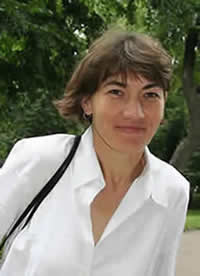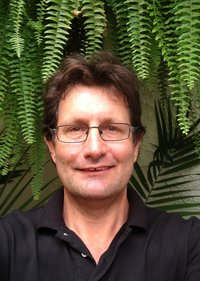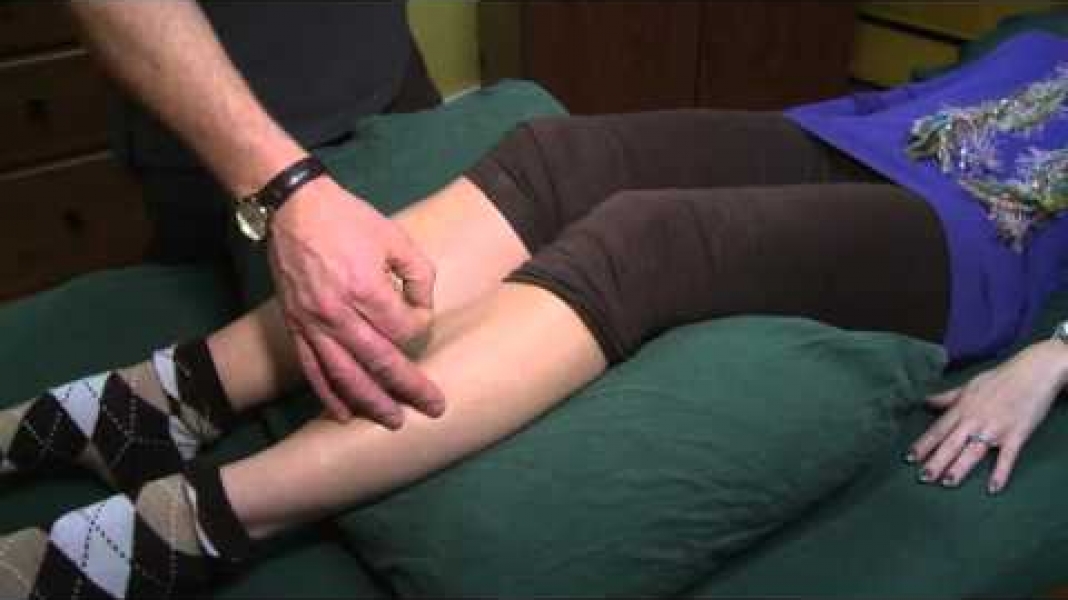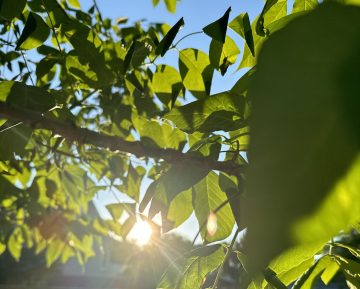

Alina Tousseeva, RAc

Gord Grant, PhD, RAc, Owner of ATP
IMS, or “intramuscular stimulation”, is a relatively new and promising technique which was introduced by Dr. Gunn about 30 years ago. Originally it was called “dry needling of motor points” , which refers to using a non-hypodermic needle without the injection of a liquid, but rather a dry filamentous needle (indeed, an acupuncture needle). Dr. Gunn demonstrated this technique could significantly reduce chronic muscular pain associated with neuropathies (nerve disorders) and muscle shortening. Later he renamed it to IMS, perhaps to focus more on the principles instead of the needle. IMS was also defined by what it was declared “not” to be – it was NOT acupuncture. We disagree, and will describe how acupuncture the way the Chinese practiced it traditionally and IMS may not be as different as first thought.
In reality, there are more similarities than differences when two techniques are compared. It can be reasonably argued that IMS indeed originated from acupuncture. Although IMS is based on a modern physiotherapeutic assessment process, a scientific anatomical approach from which to choose points (versus the Chinese meridians), and an aggressive needling method, it is still one of the many well documented styles of classic acupuncture. Let me explain…
In contemporary times not many practitioners anywhere practice traditional acupuncture as it was taught in the traditional acupuncture schools long ago. The stronger the scientific background of the modern day practitioner, the more science he/she often incorporates in his/her daily practice. All registered acupuncturists are required to have extensive basic training in modern anatomy, physiology, microbiology, theoretical and diagnostic pathology, and pharmacology. Practitioners with medical backgrounds tend to use more acupuncture points which make sense in terms of anatomy and physiology, whereas practitioners with limited scientific background tend to use more traditional prescriptions. Most of the practitioners rely on both: traditional and modern knowledge incorporating protocols which are verified by both: time and science. Because of these differences in acupuncture practice, The International Symposium on Pain (1974) divided acupuncture into two main categories:
- The classical theory and its application based on the ancient concept.
- The “modern” acupuncture, which instead of meridians uses a nervous system segmental approach and mostly relies on motor points for treating musculo-skeletal and neurologic conditions.
Dr Gunn (the IMS guru) works and teaches in the style of modern acupuncture. He claims that points used in IMS are all scientifically verified points “chosen on a neurophysiologic basis and in accordance with the segmental level of injury”. Usually they are motor points on the muscles which belong to the same affected region controlled by one nerve branching from the spinal cord, called a myotome. In his protocols he also adds back points which are innervated by special branches of the nerve roots which control muscles close to the spine. These correspond with the “posterior branches of nerve roots” and are relate to what we often injure when we have a “pinched nerve problem”. This can manifest as a local spasm of the back muscle and pain radiations down a limb, such as the well know “sciatica” we get down a leg with a pinching of the lower back. Indeed, this is not usually a pinching of the sciatic nerve, but rather a pinching of one of many of the posterior branches of the lumber nerve roots that emerge from each segment of our lower back or lumbar vertebrae. Surprisingly (or not!) most of the modern motor points used by IMS correspond to traditional acupuncture points which were used for centuries to treat painful conditions of different origins and especially local tenderness and muscular pain.
Some of the myotomes contain too many motor points which are required for needling. When choosing which motor points to needle, Gunn says that “emphasis is placed on the muscle which shows tenderness to digital pressure” (medically referred to myalgic hyperalgesia). He also pointed out that motor bundles are not tender if there is no nerve-based problem or pathology. The most interesting thing to me, is those ancient oriental practitioners also discovered tenderness of the motor points on the affected myotomes and often were linking it to the spine problem. The Chinese just called it by a different name –“ashi points” – roughly translated as “ouch- there!”. They noticed that channels roughly correspond to myotomes and it was often helpful for practitioners to check for more sore points “along the channel” (or along the myotome) when they treated neurologic or muscular pain condition. Often, like in IMS, the needling techniques for these ashi points is more aggressive, with deeper needle insertion and more lifting, thrusting, and spinning. Typically, people experience IMS or ashi needling techniques as painful, but we have discovered that if these points are needled with accuracy, paying attention to locating them precisely through proper palpation, the vigorous needling techniques are not always necessary. We have found we can get the same results with gentleness, accuracy and patience. We are finding that sometimes “less is more”; vigorous needling can create soreness and may not be necessary.
Another interesting correlation of Chinese acupuncture to IMS are the “Hua Tuo-jiaji” points. These are special acupoints documented by the famous Chinese Dr. Hua Tuo almost 2000 years ago! They are located along the spine and closely correspond to each posterior primary rami of the spinal root nerve bundles leaving the spinal cord,(and coincidentally used by Dr. Gunn in his treatment protocols!) . These points have been used for many, many centuries by Chinese doctors for different painful conditions when spinal involvement is suspected. These are not part of the main meridians known in Chinese medicine but rather special points and seem to be a whole system in itself. Modern acupuncture, whether “medical” or “traditional”, heavily uses these points in all treatments of diseases with neurologic origin because of their effectiveness and outstanding anatomical location.
These facts show that “modern” day acupuncture based on science and anatomy, like IMS and medical acupuncture techniques, have their roots in, and may be rediscovered from, the best of traditional acupuncture’s most reliable techniques and points.




